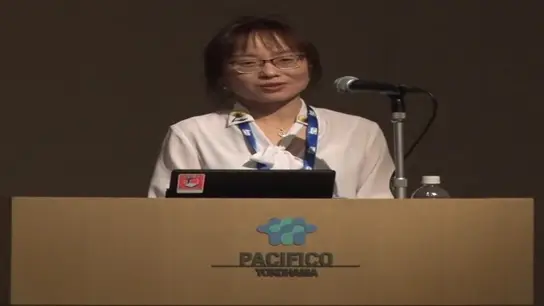-
Members: FreeCIS
IEEE Members: Free
Non-members: FreeLength: 00:50:08
12 Sep 2022
Barbara Webb (University of Edinburgh, UK), Abstract: Insects are capable of rapid and flexible learning. For example, a foraging ant can not only associate odors to food quality, but can learn the appearance of its nest surroundings and store views along routes towards food that guides efficient navigation. Due to their relatively small brains, and advances in genetic tools to manipulate neural activity, we can now map some of the crucial circuits for insect learning at the single neuron and even single synapse level. This in turn suggests new algorithms for learning based on coincidence of events and rewards, which have the potential to operate more effectively in the complex and continuous world of a behaving agent.


